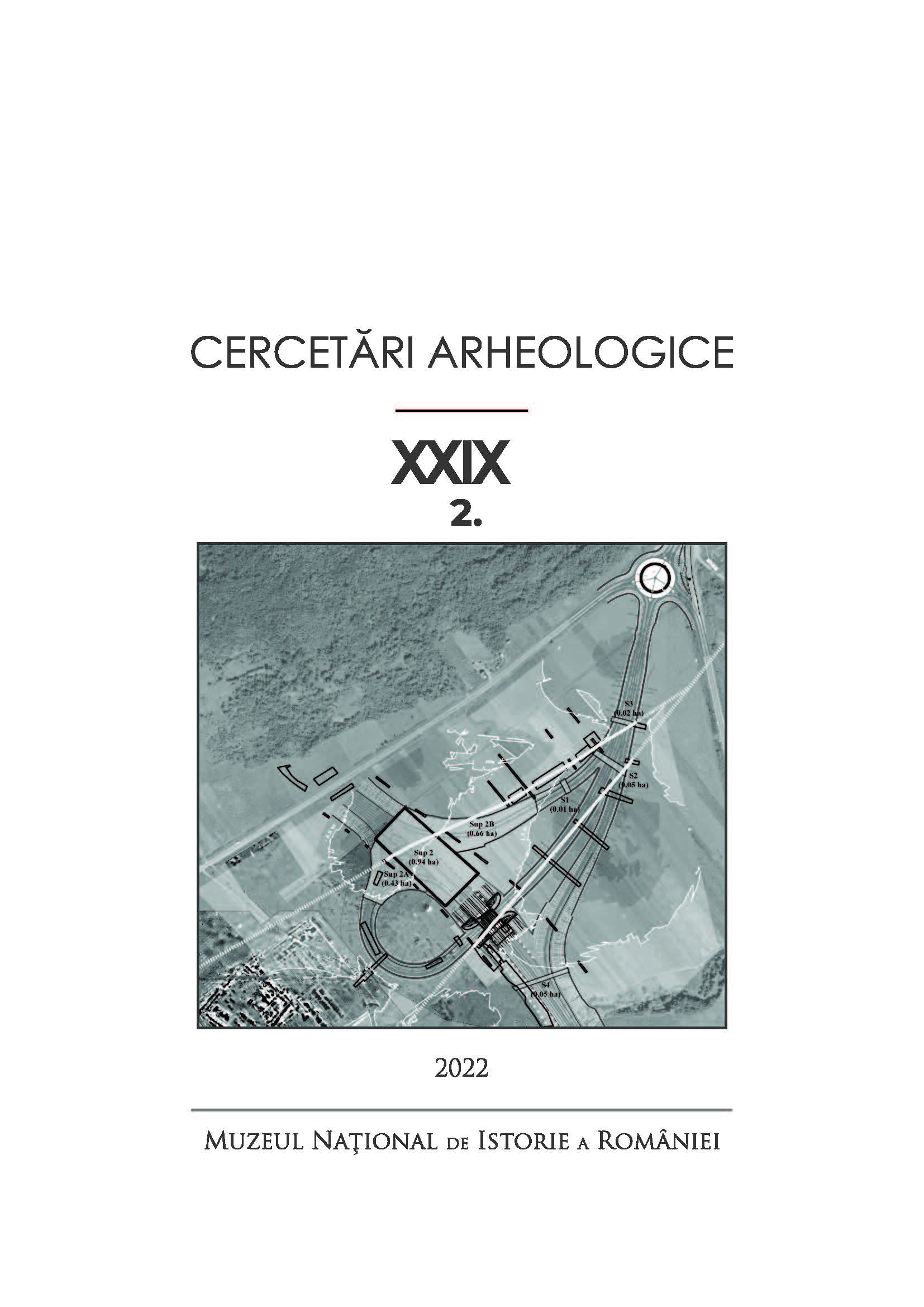Analysis of the chemical elements of the last hammering coins and the first machined-struck silver coins in Qajar Iran
Analysis of the chemical elements of the last hammering coins and the first machined-struck silver coins in Qajar Iran
Author(s): Mehdi Sabzali, Karim Hajizadeh Bastani, Reza Rezalou, Behrouz AfkhamiSubject(s): History, Archaeology
Published by: MUZEUL NAȚIONAL DE ISTORIE A ROMÂNIEI
Keywords: Qajar dynasty; silver coins; PIXE method; discriminant analysis; numismatic studies;
Summary/Abstract: Numismatic data has always had a special place in archaeological studies. So, these documents can provide researchers with a wide range of information based on the focused point of research. The quality and quantity of elements used in coin metal can be restored by archaeometric studies. Some of these elements, such as silver, lead, copper and gold, indicate the monetary policies and metallurgy of their minting time. In this research, for the first time, 25 samples of coins in Ghajar periods were analyzed by the fast and non-destructive PIXE method with different minting techniques, and the percentage of main elements of these coins (silver, copper, lead, gold, iron, chlorine, calcium) were obtained. The results showed that silver is the mould element in this coinage and its amount is slightly different in hammering and milled coinages. Over time, the Qajars were able to gain more control over monetary policies. Also, the presence of small amounts of lead in most of the coins showed that the separation of elements has been done well by silver. And in this era, various sources have been used to supply the necessary silver for minting.
Journal: Cercetări Arheologice
- Issue Year: XXIX/2022
- Issue No: 2
- Page Range: 717-724
- Page Count: 8
- Language: English

